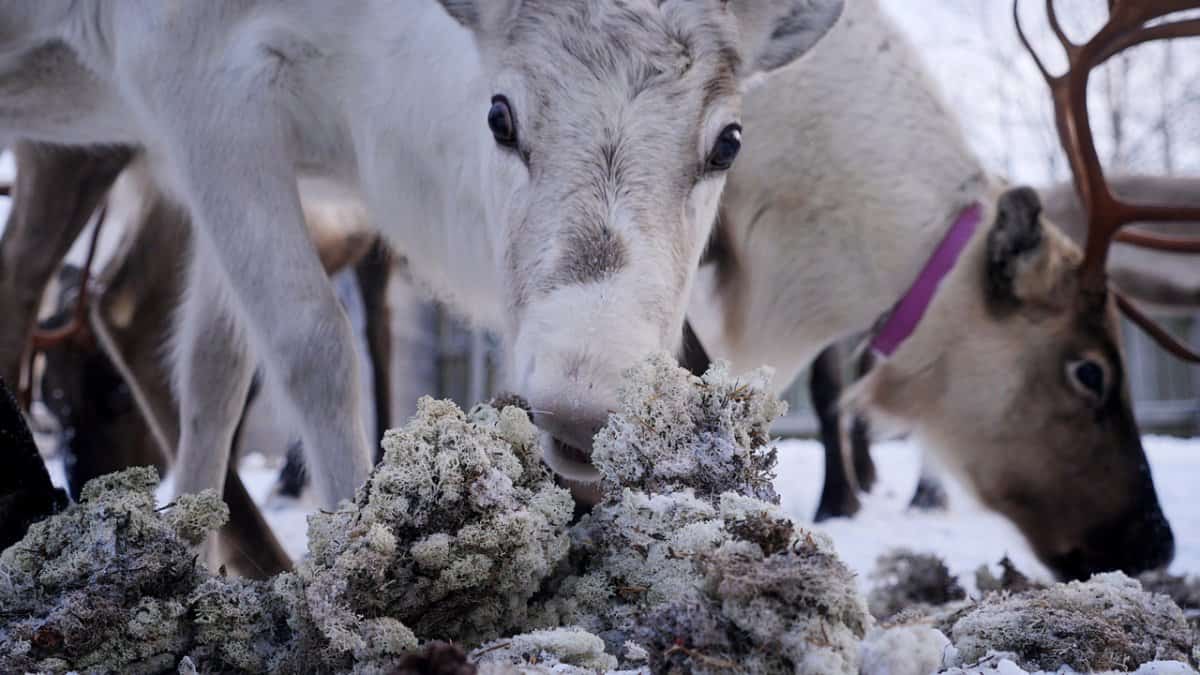
Though the Chernobyl disaster in Ukraine is a distant memory for many, its effects are still being felt throughout much of Europe and Central Asia. Though many of the long-term consequences of Chernobyl have had a major impact on human health, one of the more overlooked impacts of the worst civilian nuclear disaster in history has been its impact on wildlife throughout the region impacted by nuclear fallout all those decades ago. Over 2,000 km ( miles) away in the Arctic Circle, reindeer herds in Norway are still showing high levels of radioactivity despite all the time that has passed since the catastrophe. The reindeer, whose meat is the only means of subsistence for the indigenous Sami people, still require testing due to their still high level of radioactivity. Photographer Amos Chapple recently traveled to Norway to document how the dark shadow of Chernobyl has forced these herders to fight to preserve their way of life.
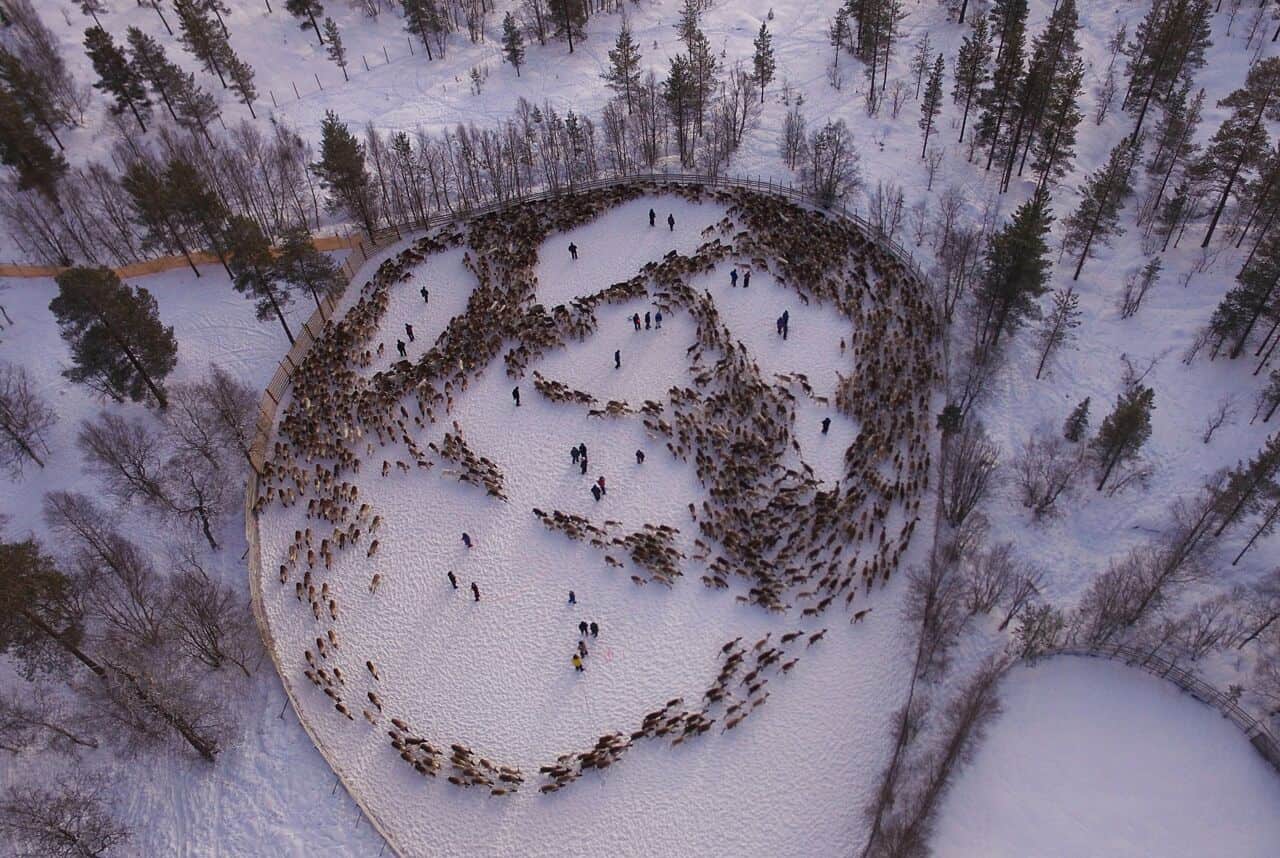
In the days after the Chernobyl disaster, a plume of radioactivity swirled above much of Europe and Central Asia, covering much of that area with the equivalent of 400 Hiroshima explosions. As Spring rains came in the months after the meltdown, that radioactivity was pulled down to the ground. In Northern Norway, precipitation that year caused more than 700 grams of radioactive cesium to coat some of the nation’s most pristine landscapes.
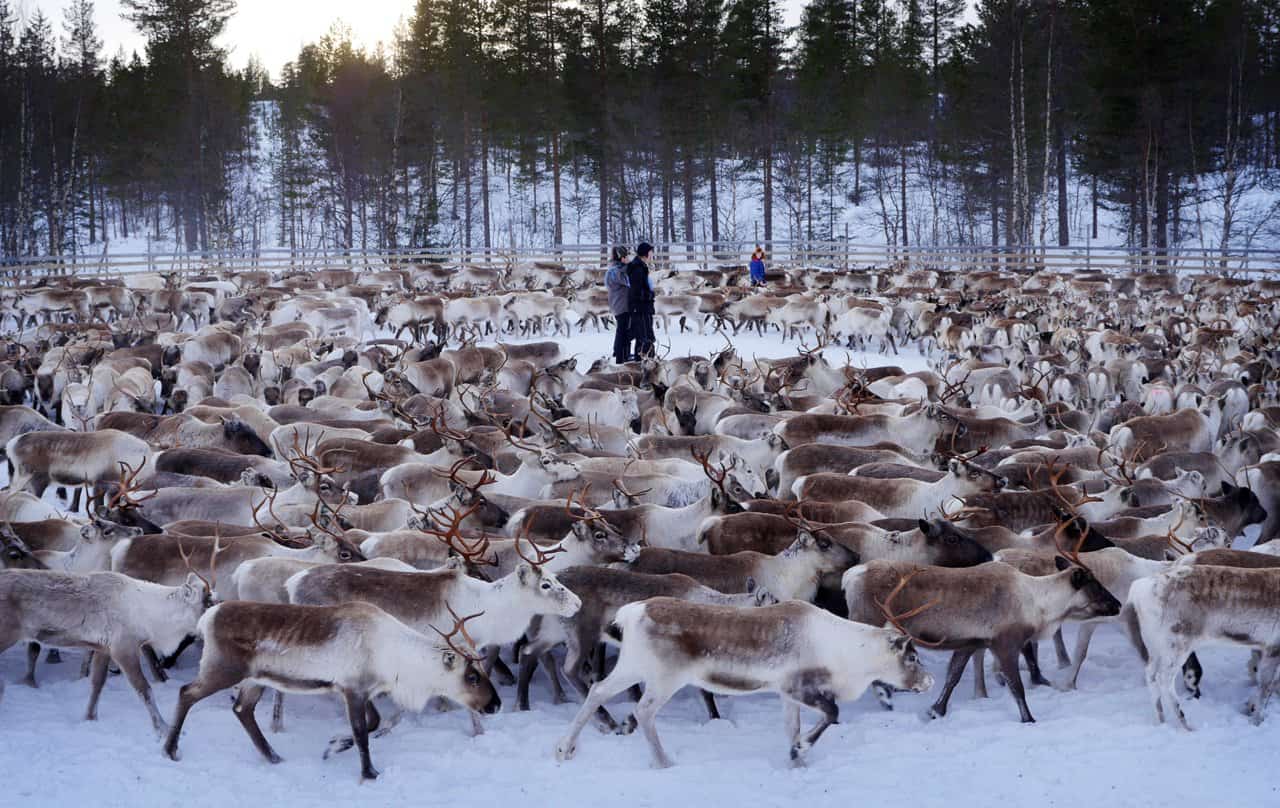
Much of that area is inhabited by the Sami people, who are centered around the town of Snasa. The Sami, for most of their history, have been herders of the reindeer who inhabit the near-tundra, living off of the meat, which composes a large part of the traditional Scandinavian diet. This lifestyle has made the Sami one of the “last free people on Earth” according to Kjell Joran Jama, leader of the herders in and around Snasa. Kjell told Chapple, “We have nothing else to live off. If the reindeer don’t sell, we are left to ourselves.”
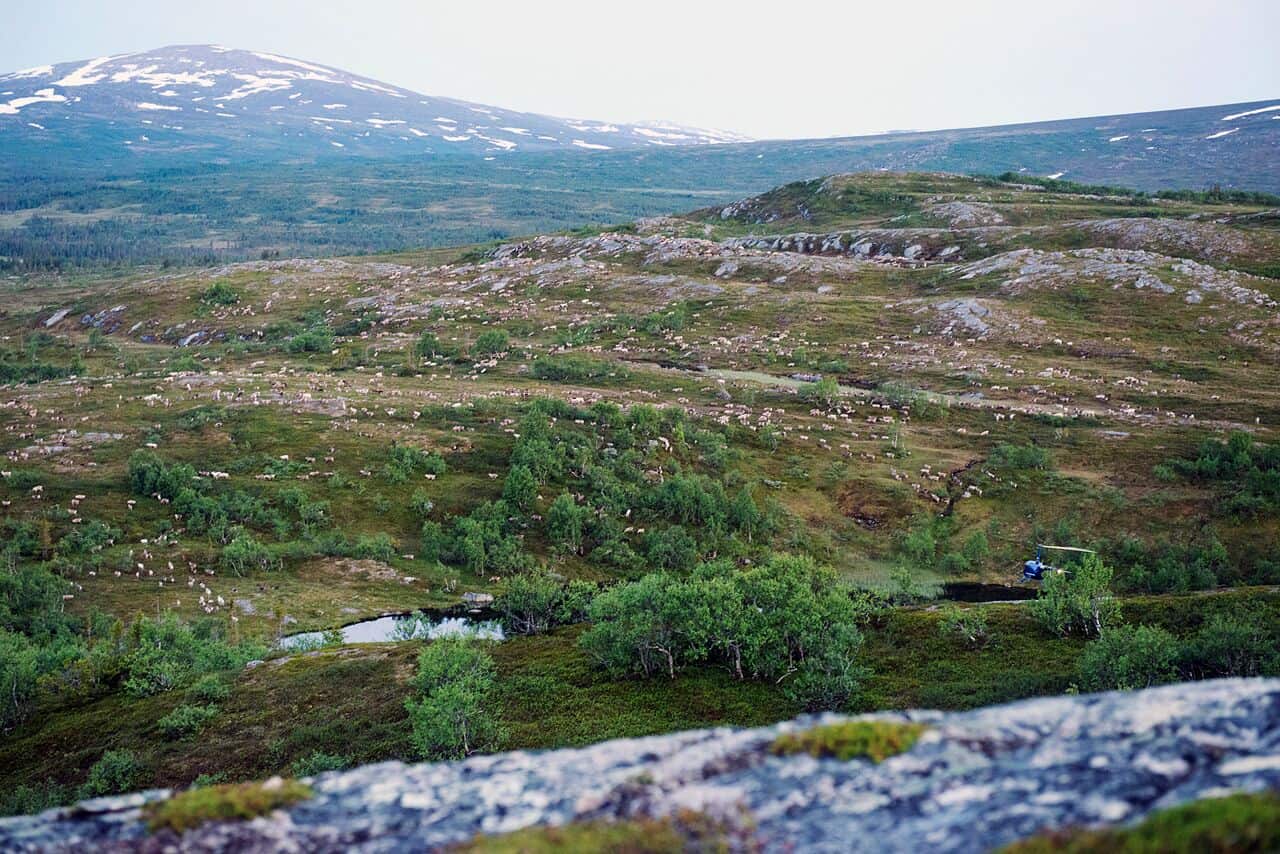
However, the Chernobyl fallout quickly contaminated the herds, a trend which continues to this day. Much of the radiation that fell in the area was absorbed by both lichen and mushrooms, both of which are well-known for their ability to “soak up” radiation from soils. Seeing as up to 90% of the reindeer diet in winter consists of lichen, it is no small wonder that the herds soon became radioactive – as well as unsafe to eat. As recent as 2014, there was a spike in radiation among the reindeer that forced almost all of those normally slaughtered to be released. Scientists owed the dramatic increase to an unusually high number of mushrooms present that winter.
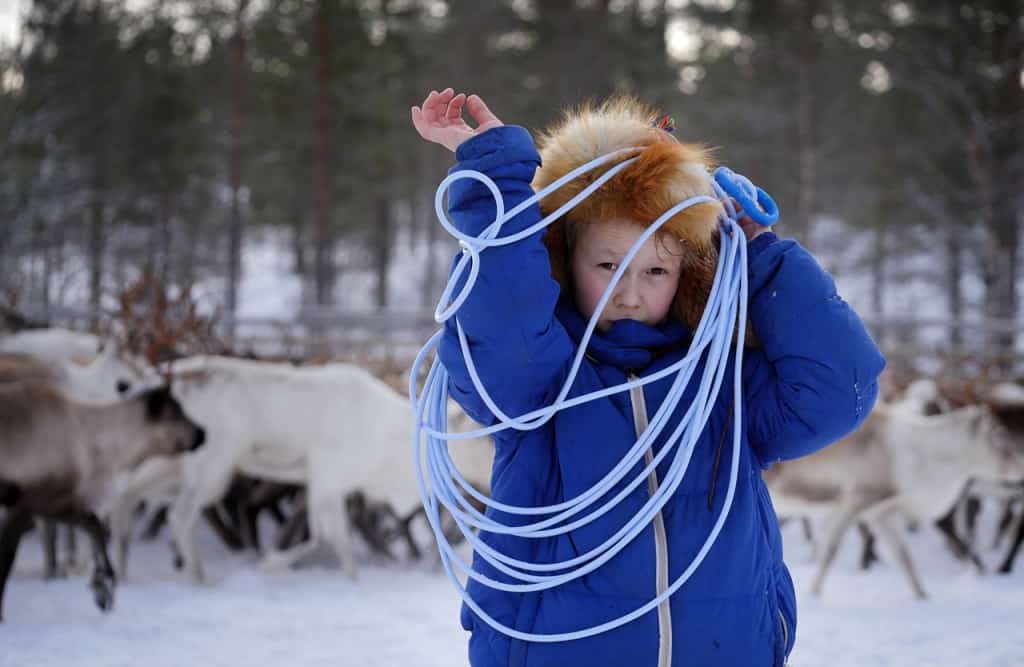
In order to protect the livelihood of the Sami, the Norwegian government was faced with the difficult decision to raise the allowable limit of radioactivity in food to 3,000 becquerels per kilogram, compared to 600 becquerels/kg elsewhere in the European Union. This winter, the highest reading on a reindeer in the Snasa region was 2,100 becquerels despite the fact that only half of the original amount of Chernobyl radiation remains present in the environment. Though some of the Sami are optimistic that the testing will end someday soon, Kjell, among others, expect to live the rest of their lives in the shadow of Chernobyl.
What are your thoughts? Please comment below and share this news!
This article (Reindeer In Norway Still Extremely Radioactive Over 30 Years After Chernobyl Disaster) is free and open source. You have permission to republish this article under a Creative Commons license with attribution to the author and True Activist


